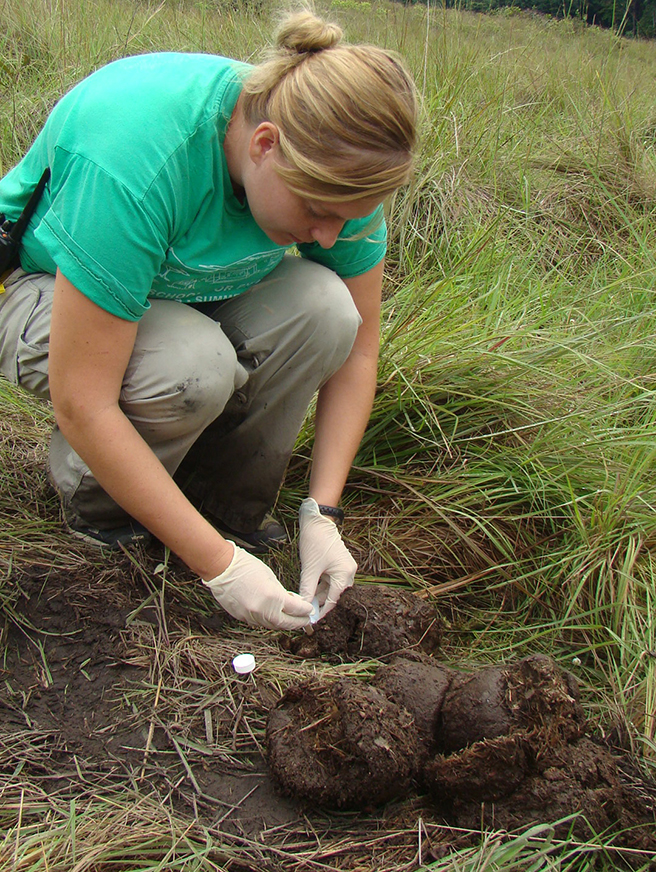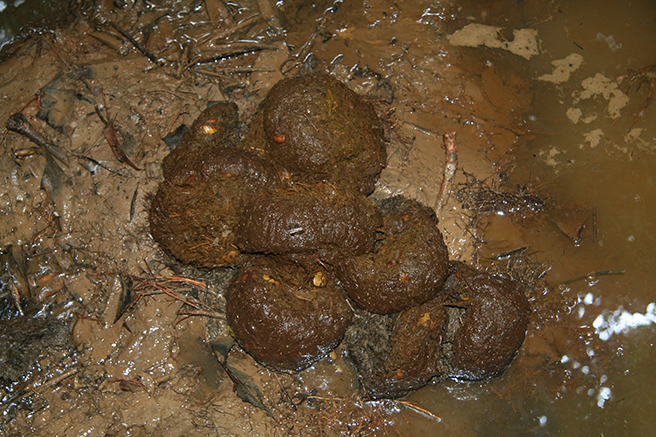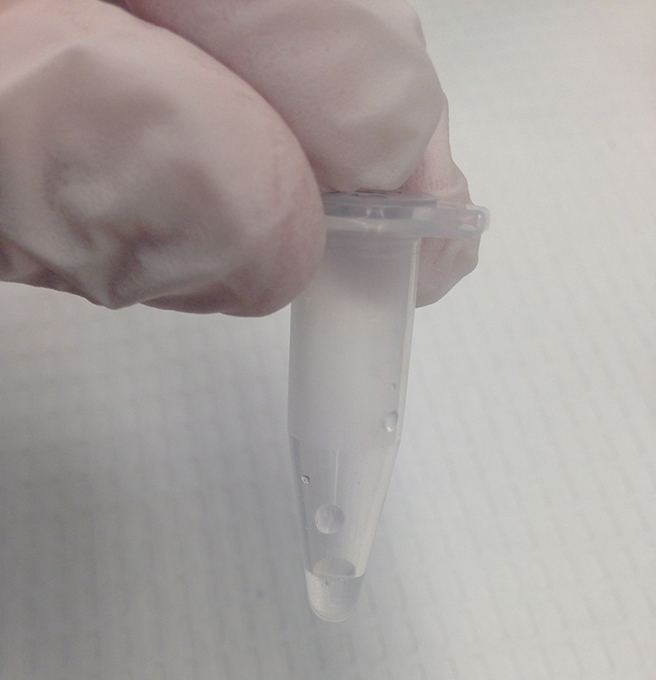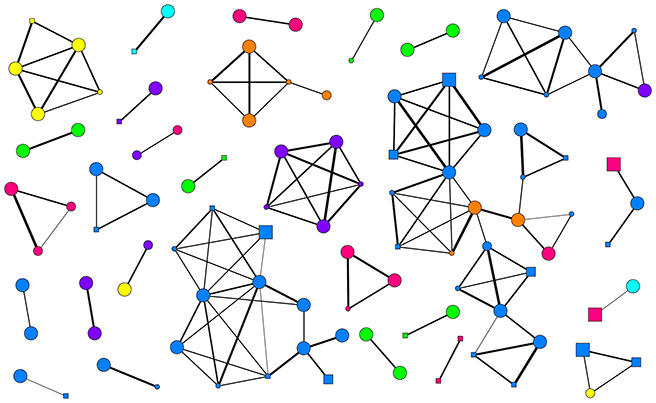The ABC’s of Elephant DNA

My previous blogs have brought up how difficult forest elephants are to see, and therefore study. Much of the research on forest elephants has actually been on their dung to obtain information about the elephant.
Forest elephants defecate roughly 17-20 times a day, making it an accessible source of information. Traditionally, dung has been used to study diet. Forest elephants consume hundreds of species of plants, either as fruits, bark, or leaves, and sorting through dung piles gives scientists’ detailed information on what they are eating. More recently, scientists have used dung to obtain DNA. But how do scientists get DNA from dung?
DNA is found in nearly every cell in an individual’s body. The best sources of DNA come from tissue and fluids. Scientists who study amphibians will often cut off a portion of an individual’s toes (“toe clipping”) to get a DNA sample. For many species (forest elephants included), sampling body parts simply will not work. Tissue can be accessed though from dead animals, which is important in forensics cases to combat poaching and illegal wildlife trade. Collecting blood, although less invasive than tissue collection, still requires capture, which is stressful, and for many species, anesthesia, which is costly, and a risk to the individual. Within the past few decades, methods have been developed that allow researchers to collect DNA samples without ever even coming into contact with the animal. This is called non-invasive genetic sampling and uses sources such as hair, feathers, shed skin, egg shells, and feces to obtain DNA. It is more difficult to obtain DNA from non-invasive samples than tissue or blood, but it is worth it because it has no impact on the animal you are studying.

For elephants, the best way to get DNA is from their dung (feces). As mentioned before, they defecate often, making it easier to collect a large number of samples. We obtain DNA from dung samples, but the DNA is not in the dung per say. Rather, the DNA is located in the cells that have been sloughed off onto the dung. When the dung passes through the intestines inside the elephant’s body, it scrapes along the walls. When the elephant defecates, some of these cells will be stuck to the dung bolus and fall off with it. That is why it is best to have fresh dung (we use look for dung that is 24 hours old or less). When scientists find fresh dung, they put a small portion of the dung inside a collection tube. It’s easy to tell fresh dung apart from older ones; it has a stronger smell, sheen around it, and is usually intact as a bolus (unless an animal stepped on it or went through it; insects can break it apart and red river hogs will go through it). For importation into the U.S., the sample needs to be boiled within the tube in a bath of hot water to make sure that any pathogens are killed. To preserve the DNA for long-term storage, a liquid buffer is added, turning it into “dung slurry.” These samples are stored in a cooler, dark area of the field station for the duration of the trip.

Once the samples make their way through customs and into the lab, they need to be turned from dung into just the DNA. This involves an extraction process that takes several hours. Briefly, the samples go through a series of steps that involve breaking open the cells (the DNA is inside the cell) and removing the parts of the cells and the sample that are not needed. The sample contains large non-DNA parts including grasses or seeds from fruits the elephant has eaten, and also insects that may have been on or inside the sample when it was collected. The extraction process removes all of this. People often think it’s gross to work with dung samples, but after extractions, you are only working with the DNA, which is basically colorless, odorless liquid that resembles water inside a tiny tube.

In my research, I was able to use dung to identify patterns of sociality in forest elephants. When I found more than one dung pile together and of the same freshness, the elephants were likely part of the same group. The DNA from the dung allowed me to uniquely identify each individual. Therefore, I could keep track of who was hanging out together without ever even seeing them. I found that forest elephants were mostly in groups of individuals of the same matriline (their mother’s ancestry), which is also seen in African savanna elephants. Also they have larger associations than what is observed just from their group sizes - a hidden social network.

The diagram above is a network of forest elephant associations collected from dung samples. Individuals (symbols) are connected to one another by lines if their dung samples were ever collected together. Darker lines mean they were collected together more often. The symbols are a circle if the elephant is a female, and a square if a male. Each color represents what matriline (mother’s ancestry) the elephant belongs to.
DNA is a powerful tool and allows you to answer questions about animals without ever even seeing them. Some of the ways that scientists use non-invasive DNA include species identifications (finding new species or detecting if a species is present in a certain area), population estimates, the connectivity of populations across the landscape (are animals moving between populations?), and inbreeding. These findings are not only important contributions to science, but often critical in the management and conservation of threatened species.